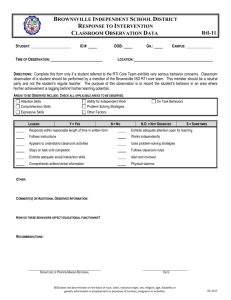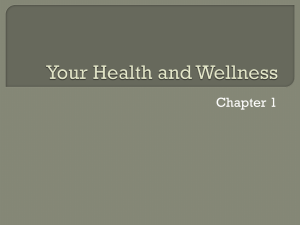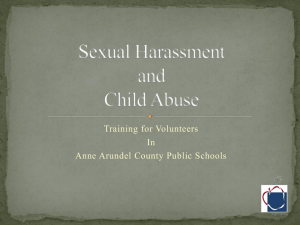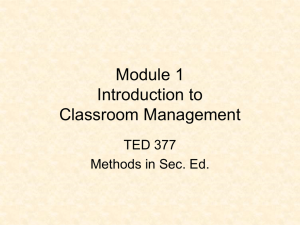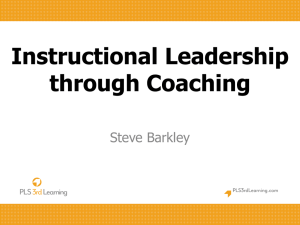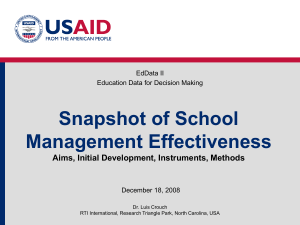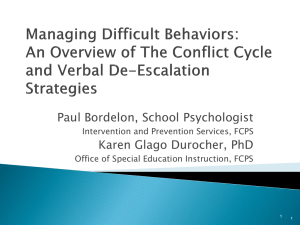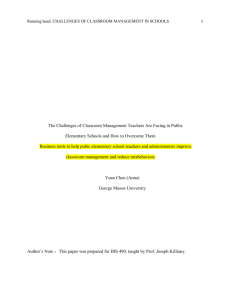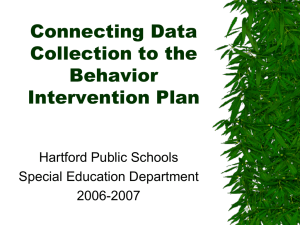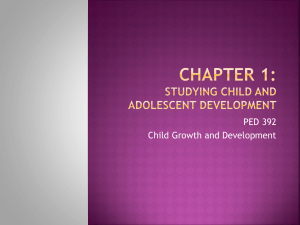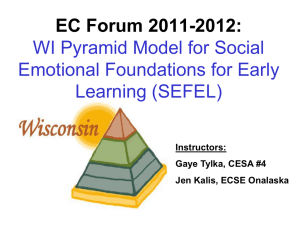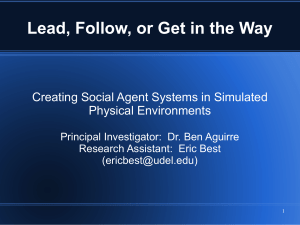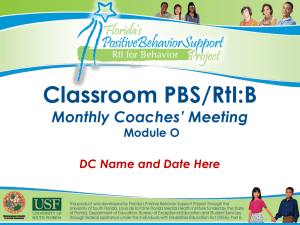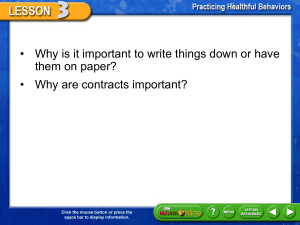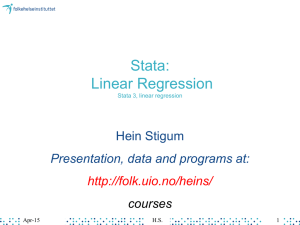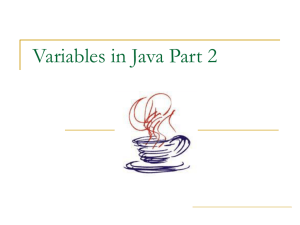Action Research Project
advertisement
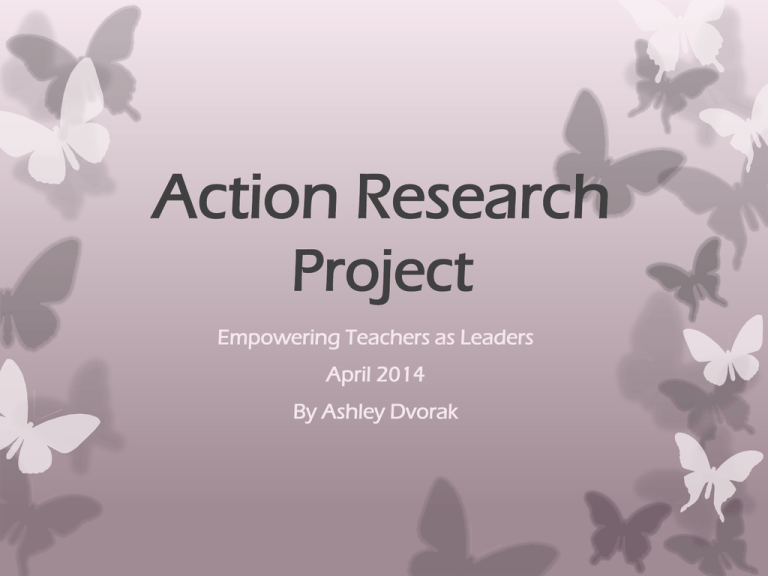
Action Research Project Empowering Teachers as Leaders April 2014 By Ashley Dvorak When Student Engagement is High, Student Success will likely Increase Area of Focus Statement The purpose of my research is to identify behavior management strategies that increase student engagement within the classroom. Literature Review There are many misused strategies such as Planned Ignoring, Escape Conditioning, and Shaping Behaviors that can cause more problems than good. Classroom teachers can use the “A-B-C’s” to identify behaviors (Antecedent, Behavior, & Consequences.) (Obenchain & Taylor, 2005, p. 10) Changing the classroom environment can have positive effects on classroom behaviors (i.e. seating arrangements, organizational modifications, & clearing high traffic areas) (Guardino & Fullerton, 2010). Martens and Andreen describe a 3 tiered system that addresses behavior concerns; universal = tier 1, targeted = tier 2, & intensive= tier 3 (2013). Tutoring sessions to increase academic abilities have proven to decrease student behaviors (Gest & Gest, 2005). Student Self-Management Programs have shown to be effective in managing student behaviors (Mitchem, West, & Benevo, 2001). Research Group Team Members: Traci Brittain, Behavior Inclusion Consultant, to observe and record information. Brenda Meyer, Para-Educator, assisting in the monitoring of the effects of various strategies. RTI Team Members, to participate in weekly meetings and updates on student behaviors Students: 20 fourth grade students with 3 students having the main focus Ethical Considerations The 3 students being monitored closely have already been identified as Level 1 RTI with permission slips sent home earlier in the year. Principal and RTI team will be aware of my studies. No other considerations are necessary. If additional students need to be monitored, Time on Task evaluation permission slips will be sent home. Research Questions 1. What are some of the underlying issues that are causing misbehaviors in these students? 2. What strategies are effective in dealing with common misbehaviors? 3. What are some positive and, if applicable, negative effects on engagement when using different behavior management strategies? Data Collection Data collection will be done mostly through my personal journaling and monitoring of our Behavior Inclusion Consultant. Data will include: Lesson, Time of Day, Strategies utilized, effectiveness, off task behaviors, thoughts and concerns. Data Analysis Analysis of data will begin by reviewing my personal journals after the allotted data collection timeframe, reviewing data collected with Traci and Brenda, and finally reviewing with the RTI team. After analyzing the data, we will determine the effectiveness of the strategies as a team, and decide whether or not to continue those particular strategies. References Gest, S.D., & Gest, J.M. (2005). Reading tutoring for students at academic and behavioral risk: effects of time-on-task in the classroom. Education & Treatment Of Children, 28, 25-47. Guardino, C.A., & Fullerton, E. (2010). Changing behaviors by changing the classroom environment. Teaching Exceptional Children, 42, 8-13. Martens, K., & Andreen, K. (2013). School counselors’ involvement with a school-wide positive behavior support intervention: Addressing student behavior issues in a proactive and positive manner. Professional School Counseling, 16, 313-322. Mitchem, K.J., Young, K., West, R.P., & Benevo, J. (2001). CWPASM: A classwide peer-assisted self-management program for general education classrooms. Education & Treatment Of Children, 24, 111-140. Obenchain, K.M., & Taylor, S. S. (2005). Behavior management. Clearing House, 79, 7-11.
